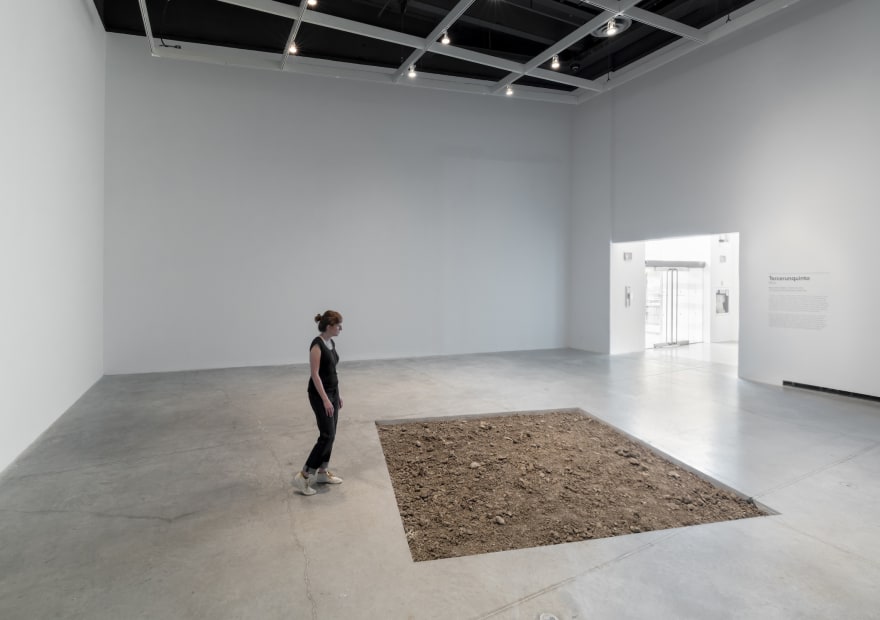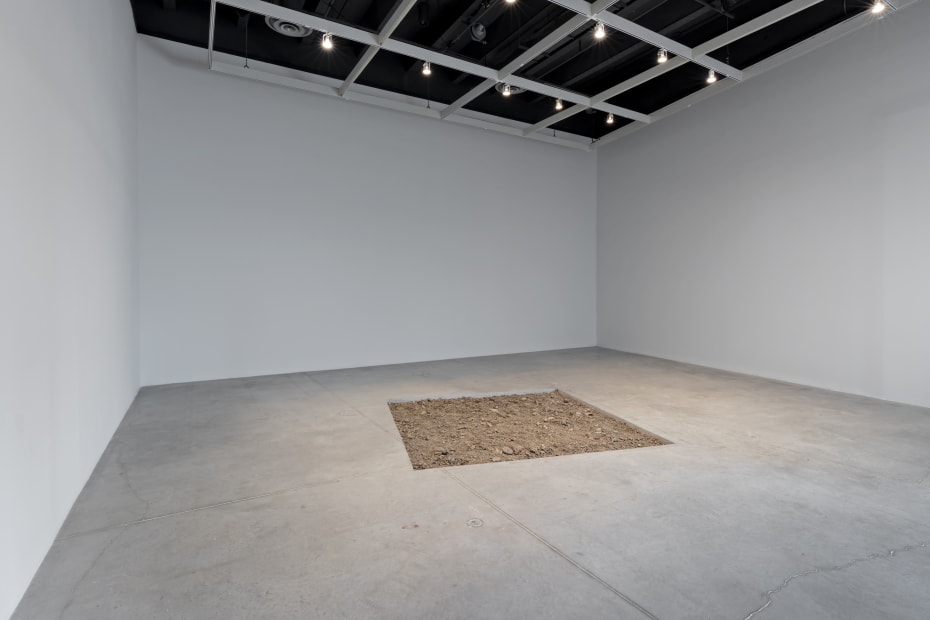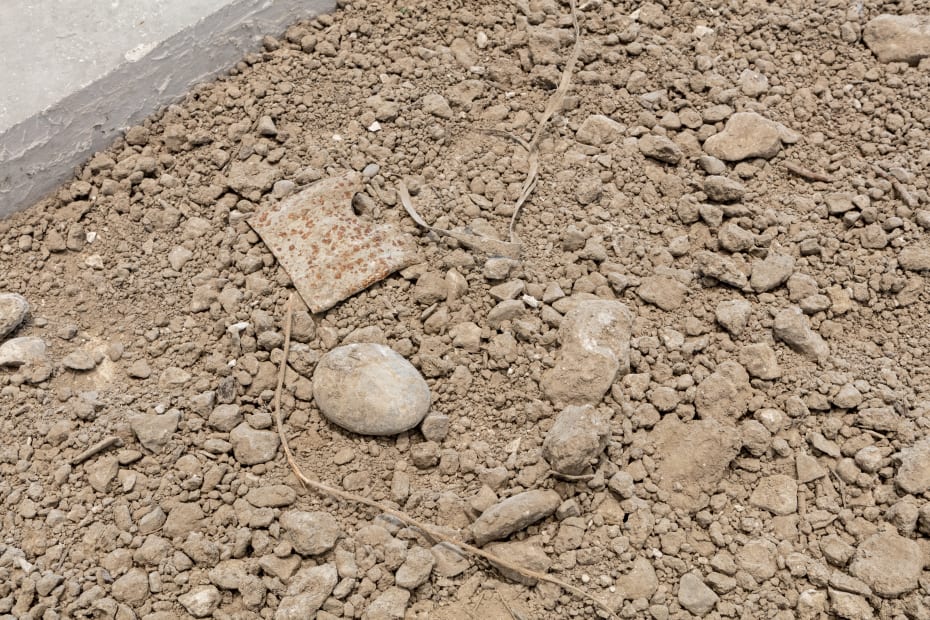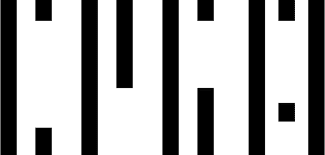Mine is a newly commissioned project with a title that refers on the one hand to the commercial activity that involves extracting valuable subterranean minerals and on the other appropriates the possessive pronoun referring to that which belongs to the associated speaker.
The artist collective jointly known as Tercerunquinto came together in 1998 and is comprised of Julio Castro Carreón, Gabriel Cázares Salas and Rolando Flores Tovar. Their projects involve processes of negotiation that enact architectural or infrastructural interventions within public and private spaces. In an effort to reveal the organization of cultural systems, Tercerunquinto’s projects interrogate the limits and possibilities of various institutional spheres and reveal the viewer’s subject position within the scope of such domains.
In 2005 the collective was invited to create a site-specific intervention at The Power Plant within the framework of a group exhibition entitled Dedicated to you but you weren’t listening curated by Reid Shier. Their project Open Access (2005) involved the installation of a second public entrance into the gallery allowing audiences the opportunity to circumvent admission fees and front of house staff and procedures. Ten years later, Tercerunquinto return to The Power Plant and reflect upon the changes to the site and surround of the institution.
Their response reduces the pristine white cube to a hole in the ground. Their gesture touches upon the traditions of indoor earthworks from the 1960s and 70s and its foray into a history of institutional critique. Mine is a newly commissioned project with a title that refers on the one hand to the commercial activity that involves extracting valuable subterranean minerals and on the other appropriates the possessive pronoun referring to that which belongs to the associated speaker. Through the artists’ nimble allusion to linguistic and geographic references, their project points to questions surrounding shifting conceptions of territory. More, their gesture of excavation disrupts the notion of ownership and complicates our understanding of property as it relates to both Canada’s mining industry and its relationship to Indigenous populations.
Their excavation began as an implicit response to a call for site-specificity, for commissioned work from the artist. As a result, Mine passes through several varied contexts in an effort to create a moment for discursivity, to reflect upon the sets of questions inherent in discussing appropriation. At its core, Mine calls out to its viewers and asks them to question their sense of possession: what does and does not belong to them.
Curator: Julia Paoli






